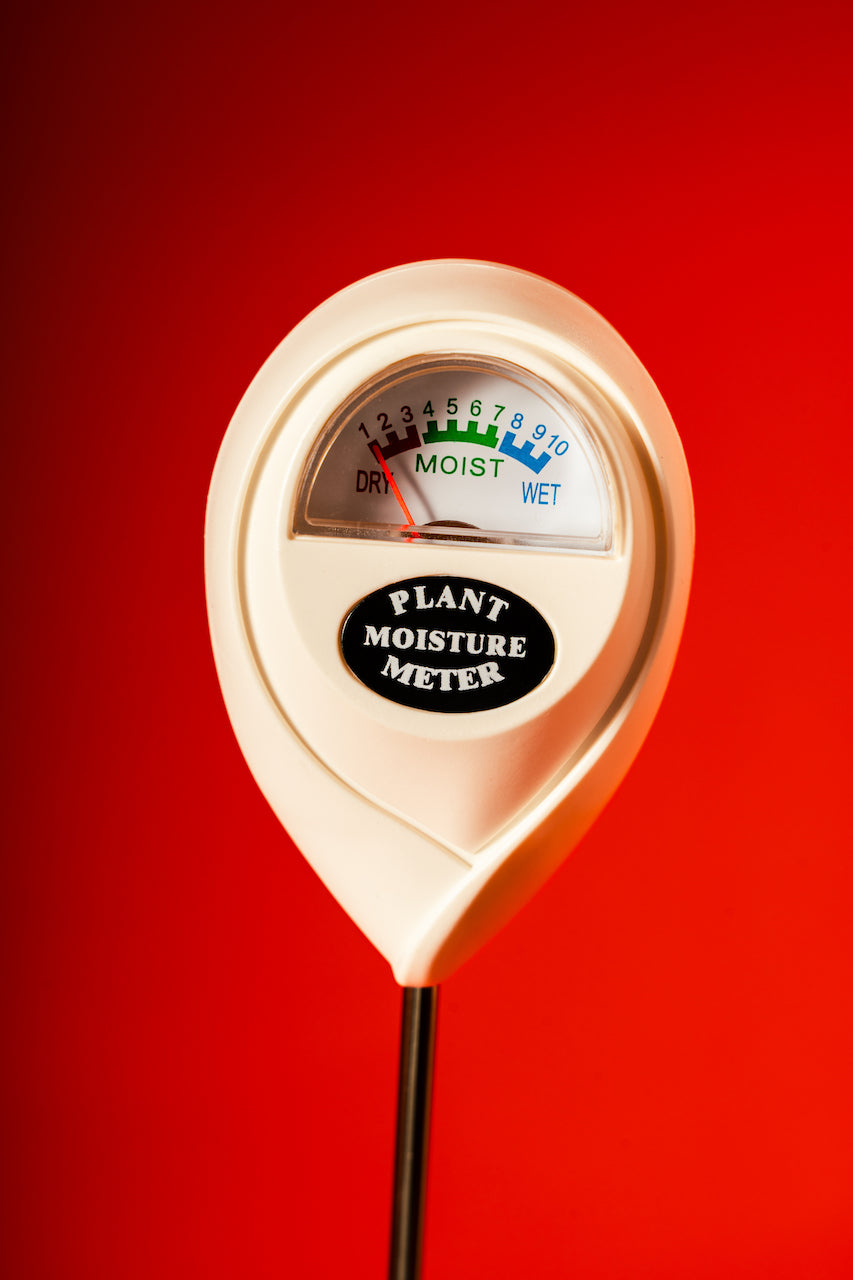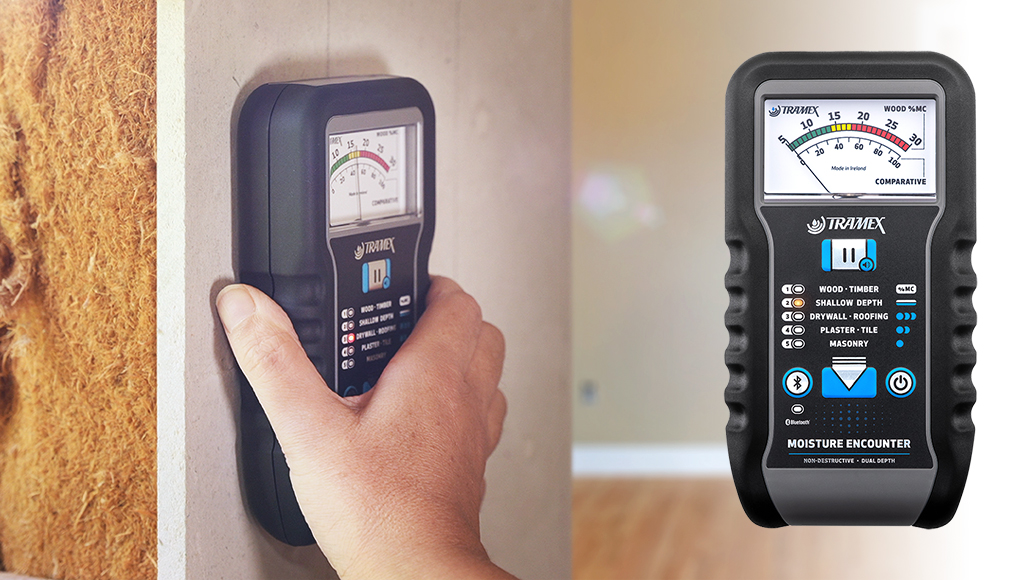Leading 10 Advantages of Using a Moisture Meter for Definite Measurements in your house
Leading 10 Advantages of Using a Moisture Meter for Definite Measurements in your house
Blog Article
Recognizing the Value of a Moisture Meter in Preventing Mold and Water Damage in Your Home
In the world of home maintenance, the presence of dampness can often be a quiet yet awesome opponent, capable of triggering prevalent mold and mildew development and insidious water damage if left uncontrolled. Understanding the value of a dampness meter in this battle is not merely a choice yet a tactical requirement.
Value of Moisture Detection
Effective moisture detection approaches are important for protecting properties and protecting against potential mold development and water damages. Dampness can seep right into various structure products, leading to architectural issues and wellness threats. By making use of a wetness meter, residential property owners can proactively identify locations prone to excess wetness, permitting for prompt treatment and reduction methods.
Moisture meters give exact readings of dampness levels in different materials such as drywall, wood, and concrete. This data aids in pinpointing areas of problem, also in covert or hard-to-reach places. Early detection of wetness build-up enables punctual repair work or modifications to avoid more damage.

Exactly How Moisture Meters Job
Wetness meters play a pivotal function in the aggressive recognition of excess moisture, aiding in the avoidance of possible mold growth and water damages by supplying accurate analyses of moisture degrees in numerous structure products. Some advanced wetness meters incorporate both pin and pinless modern technologies for comprehensive dampness discovery. Understanding exactly how moisture meters feature is necessary for timely and accurate dampness level evaluations, allowing efficient precautionary steps against mold and water damages.
Finding Early Warning Indications
Upon first evaluation of a home, acknowledging refined signs of excess moisture ends up being critical in the early detection of possible mold and mildew growth and water damages. Some usual early indication consist of musty smells, water spots on ceilings or walls, peeling off paint or wallpaper, and deformed or stained surface areas. Mildewy odors frequently indicate the presence of mold and mildew or mildew, even if no noticeable indications are apparent. Water stains can indicate leaks or seepage, while peeling paint or wallpaper might be a result of dampness endangering the bond of these products to the surface area. Warped or tarnished surfaces, such as bending floorboards or stained drywall, are clear indications of water damages. Additionally, an increase in allergy signs or breathing concerns amongst occupants may recommend the visibility of mold as a result of excess dampness. By quickly recognizing and dealing with these very early indication, home owners can reduce the danger of considerable mold and mildew development and water damage in important site their residential properties.
Protecting Against Mold Growth
Acknowledging early warning signs of excess moisture within a residential or commercial property not only makes it possible for punctual discovery of prospective mold development and water damages however likewise offers as a proactive action in preventing the expansion of mold. To properly prevent mold and mildew development, it is essential to resolve any kind of sources of dampness without delay.
In addition to attending to moisture resources, keeping indoor humidity levels below 60% can dramatically inhibit mold growth. Correct ventilation, ample insulation, and utilizing a/c unit or fans can aid manage indoor moisture degrees. Monitoring moisture degrees in areas susceptible to dampness, such as cellars and crawl spaces, using a wetness meter can additionally help in early detection of raised moisture levels and possible mold growth. By taking proactive measures to avoid excess dampness and mold and mildew growth, home owners can protect their building and indoor air high quality.
Benefits of Routine Monitoring
Normal tracking of dampness degrees in a building can play an important function in maintaining a healthy interior setting and preventing potential mold and water damage. By on a regular basis examining dampness degrees, house owners can find any kind of concerns immediately and take essential actions to protect against mold and mildew development and water damages.
Moreover, routine monitoring enables property owners to track patterns and fads in moisture levels over time. Inevitably, the consistent tracking of wetness degrees encourages property owners to protect their residential property, protect their health, and preserve the honesty of their indoor environment.

Verdict

By making use of a dampness meter, property proprietors can proactively determine locations vulnerable to excess moisture, allowing anonymous for timely top article intervention and reduction methods.

Keeping an eye on moisture levels in locations susceptible to dampness, such as basements and crawl rooms, utilizing a dampness meter can additionally help in very early detection of raised wetness degrees and prospective mold and mildew growth. (Moisture Meter)
Report this page